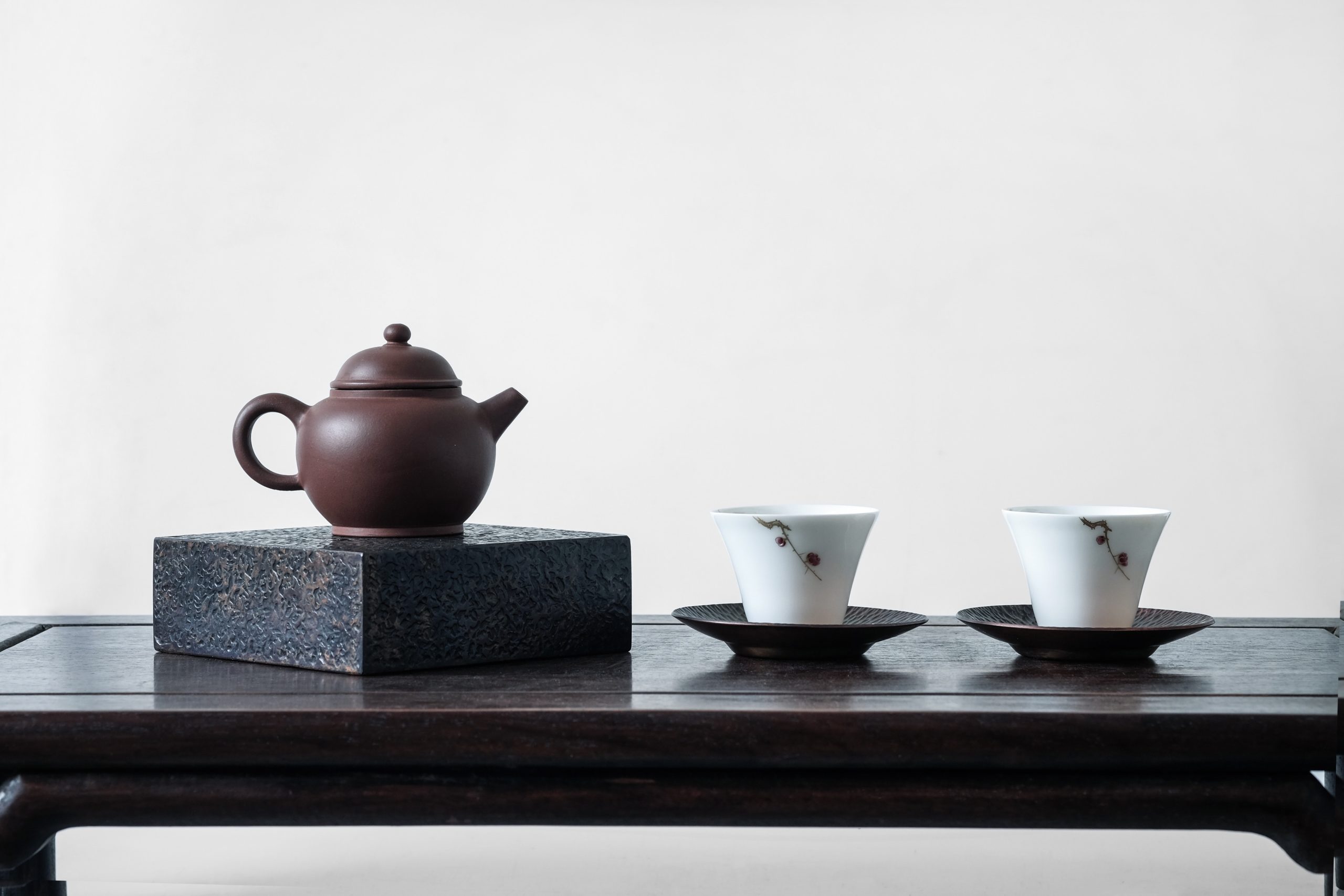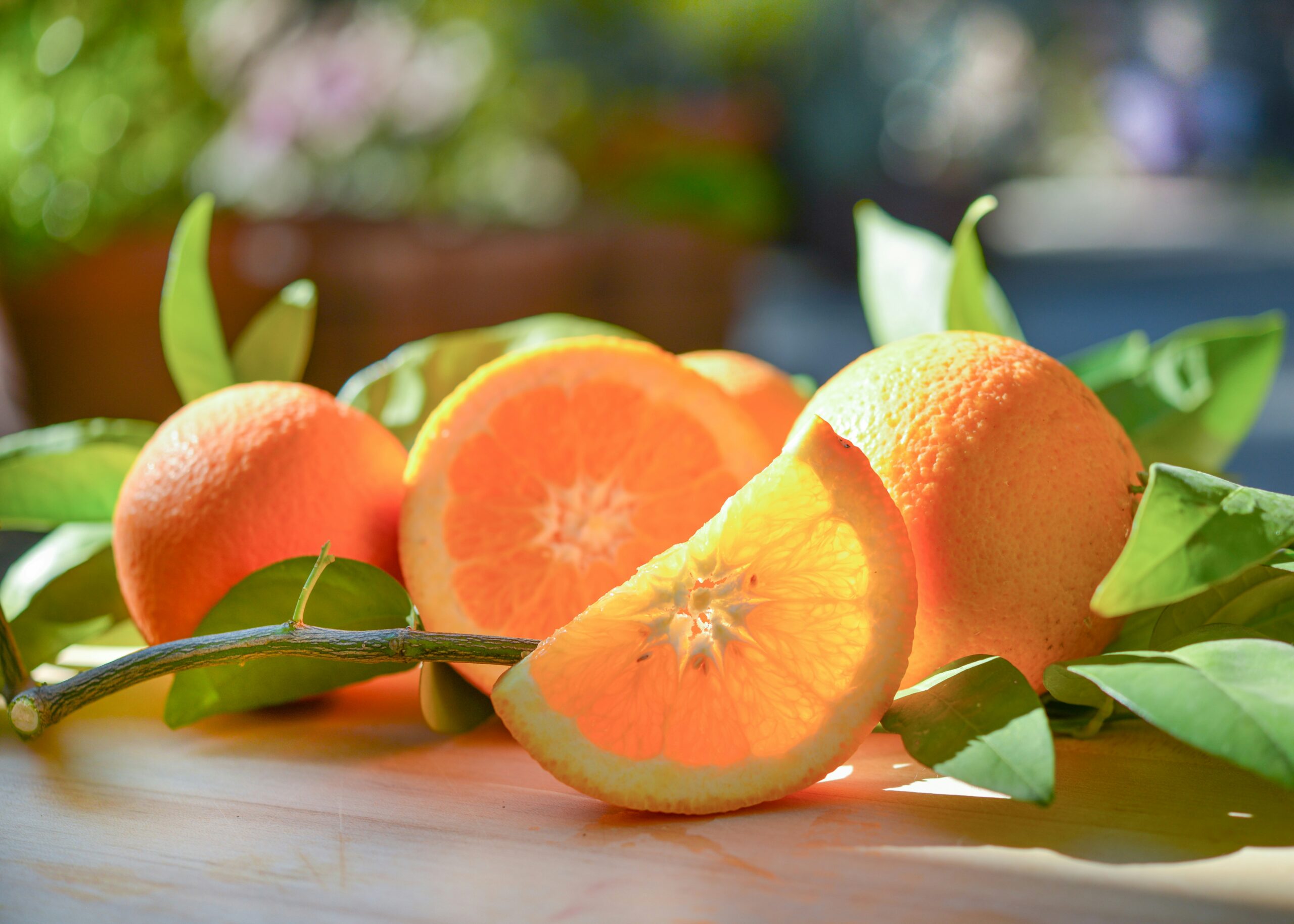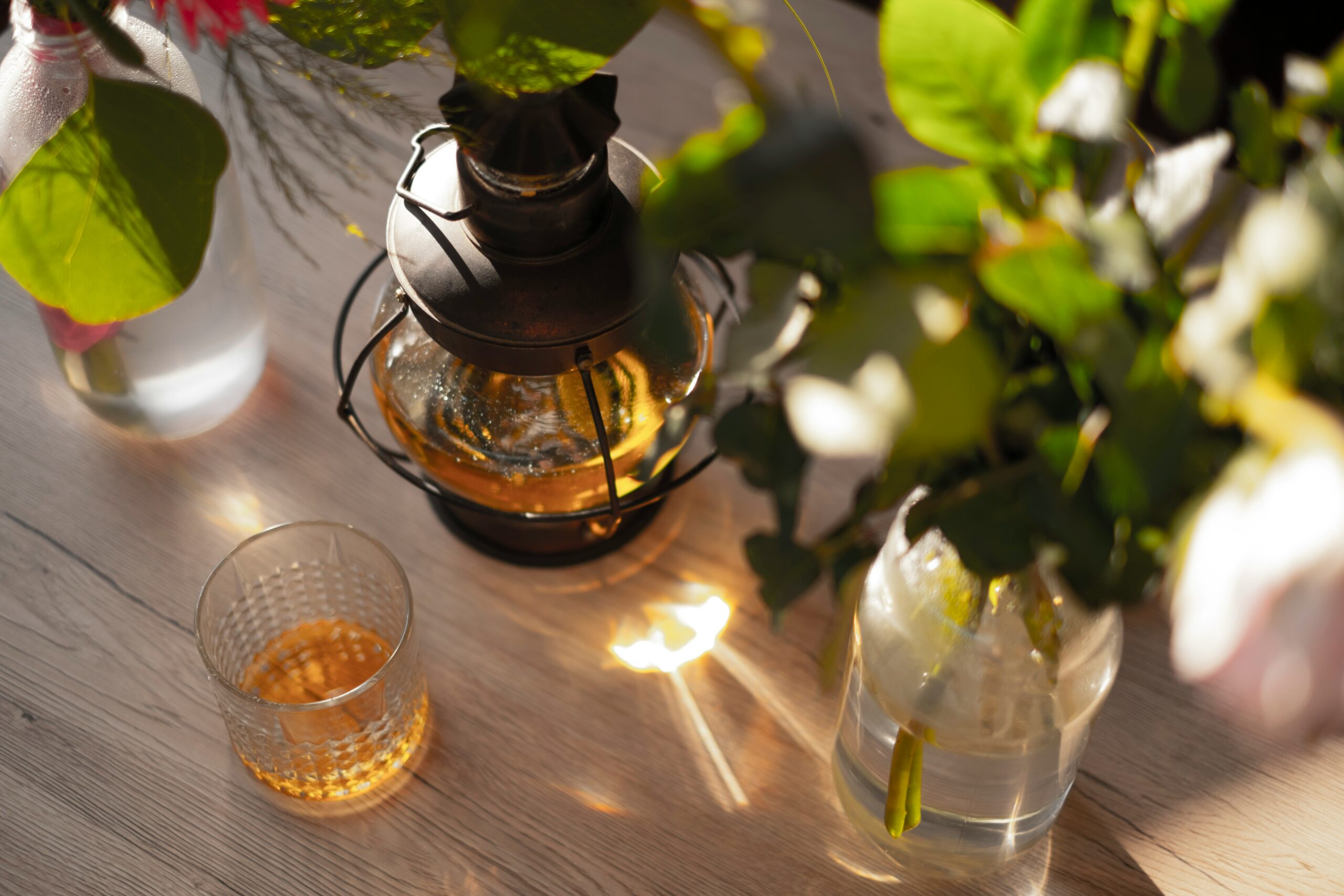Is the Tea in Teabags the Same as Loose Leaf Tea? Or Is It Different?
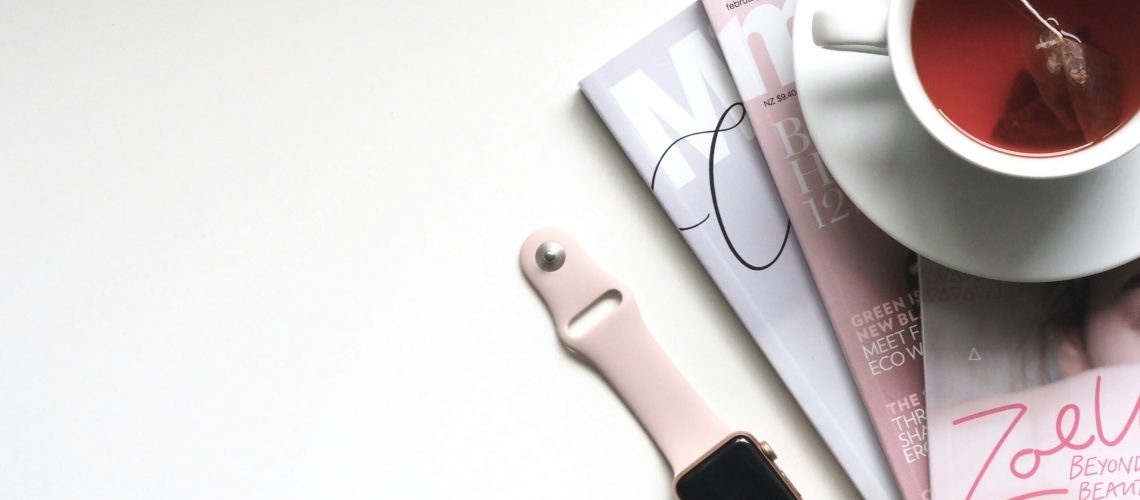
If you’re a fan of tea, you might have wondered at some point: “Are the tea in teabags and the tea in loose leaf the same?” In this post, we’ll dive into the differences between teabags and loose leaf tea. By understanding these differences, you might enjoy your tea even more.
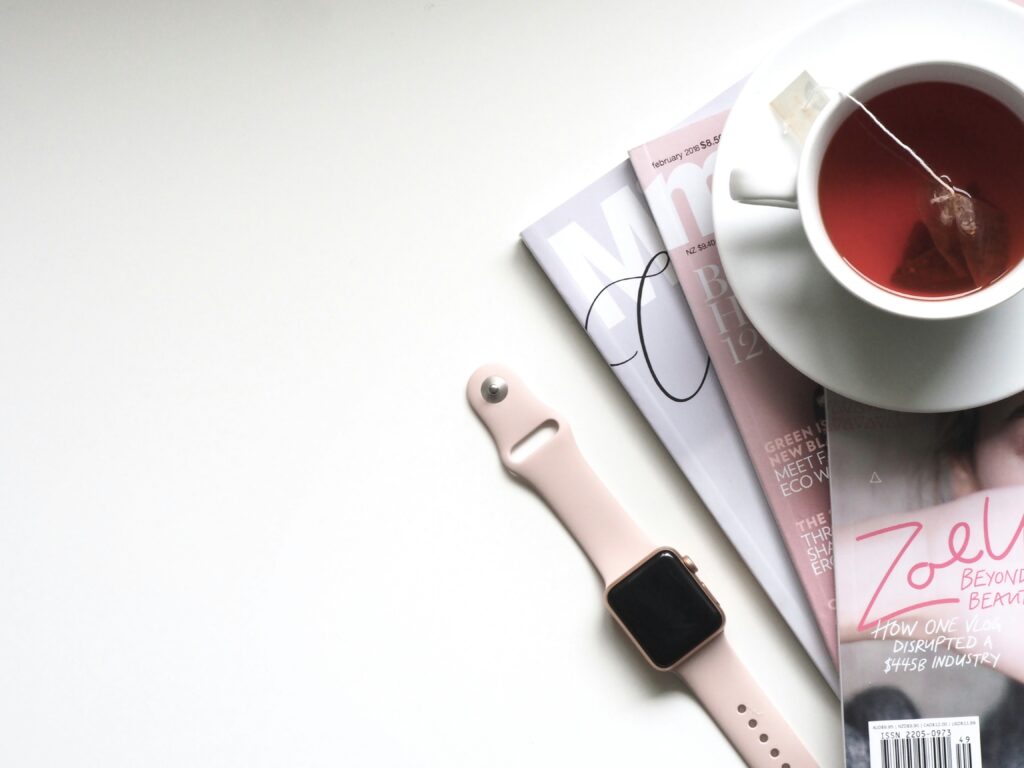
Both Teabags and Loose Leaf Tea Are Made from the Same Tea Leaves!
To start with, the tea leaves used in both teabags and loose leaf tea come from the same tea plants. Both typically use the same types of tea leaves, but the processing methods and the final form of the product can differ, leading to distinct characteristics. The quality of the tea leaves as a raw material is essentially the same, whether in teabags or loose leaf form. However, as we will discuss later, the shape and purpose of the tea leaves vary, which creates unique features for each.
Teabags and Loose Leaf Tea Differ in the Size of the Tea Leaves
One of the major differences between teabags and loose leaf tea is the size of the tea leaves. Loose leaf tea often uses larger tea leaves that retain their full shape. This allows loose leaf tea to be visually appealing, and you can enjoy the process of the leaves slowly unfurling as they brew.
On the other hand, the tea used in teabags is generally finely cut or processed into smaller forms. This allows teabags to brew a strong cup of tea in a short amount of time.
Why Do Teabags and Loose Leaf Tea Differ in Tea Leaf Size?
So why do teabags and loose leaf tea differ in the size of the tea leaves? There are several reasons:
- Leaf Expansion and Space Limitation
Tea leaves expand when they absorb water. Larger leaves, in particular, can expand significantly. However, in a teabag, the space for the leaves to expand is limited, so smaller tea leaves are often chosen to maximize the flavor within the confined space. - Shorter Brewing Time
Teabags are often used when you’re in a hurry or want to enjoy tea conveniently. Smaller tea leaves have a larger surface area exposed to the water, allowing them to infuse quickly and efficiently, making them ideal for teabags. - Cost and Economics
Teabags are usually cost-sensitive products. Using smaller tea leaves helps keep costs down while still providing consistent quality. Additionally, choosing smaller leaves can help reduce costs while maintaining consistent quality. - Effects of Machine Processing
The amount of tea in a single teabag is usually around 2–3 grams. With larger tea leaves, a single leaf can weigh between 0.2 and 0.5 grams, which can lead to variations in the content of each teabag. When teabags are packed by hand, the size of the tea leaves can be adjusted accordingly, but it is more difficult to achieve this consistency with machine packing. Therefore, using smaller tea leaves (each weighing less than 0.1 grams) helps ensure consistent quality during machine packing.
There Are Cases Where the Tea Leaf Size in Teabags Is the Same as in Loose Leaf Tea
However, there are cases where the same size tea leaves are used in both teabags and loose leaf tea. These situations include:
- When There Is Enough Space for the Leaves to Expand
Depending on the design and structure of the teabag, there may be enough space for the leaves to fully expand. In such cases, the same large leaves used in loose leaf tea can also be used in teabags. - High-End Teabags
In high-end restaurants or cafes, teabags are sometimes used to provide a tea experience close to that of loose leaf tea. In these instances, larger leaves are used to ensure a high-quality tea experience. - Hand-Packed Teabags
When teabags are packed by hand, it is possible to adjust the amount of tea leaves to ensure consistency, even with larger leaves. In such cases, teabags may contain the same size leaves as loose leaf tea, providing a similar flavor profile.
Whether you choose teabags or loose leaf tea depends on your mood or situation at the time, but both have their own unique advantages. By understanding the differences we’ve discussed, you can better decide which to choose for your next tea time. The world of tea is deep, and the enjoyment of choosing is vast.
Recommended Articles
Latest Articles

About the Author / teplo

teplo is a tea brand with the mission of bringing delicious tea to the world.
We provide comprehensive support for the operation of tea media, the purchase and sale of tea leaves, the development and sale of tea brewing machines, and the development of tea menus and recipes for restaurants.
Sign up for teplo’s e-newsletter
If you want to receive timely information and tidbits about tea without missing out, please register your email address using the form below. Teplo will send you the latest information through our email newsletter.
(*1) Please be sure to read our Privacy Policy and agree to it before registering.
(*2) Please ensure that you can receive emails from info@load-road.com and hello.japan@load-road.com.
